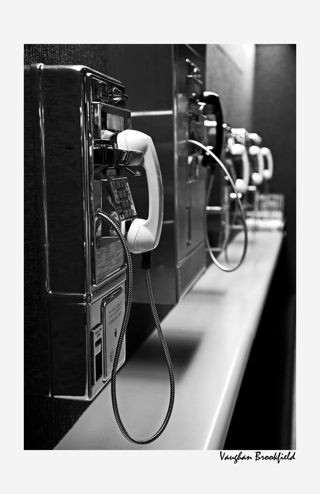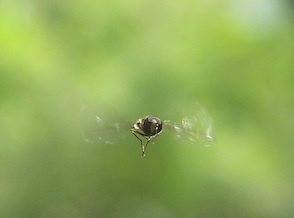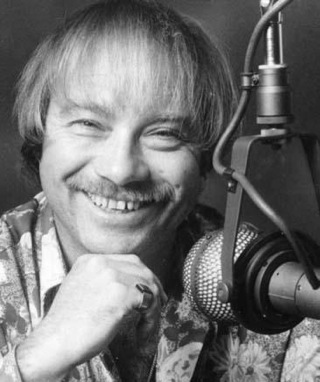 I just returned from a very brief visit to San Francisco. And it got me thinking about Dr. Don Rose, because for more than a decade Dr. Don was San Francisco radio.
I just returned from a very brief visit to San Francisco. And it got me thinking about Dr. Don Rose, because for more than a decade Dr. Don was San Francisco radio.
Many readers know exactly who Dr. Don was.
Some have heard the name but never the radio personality.
Some never heard of him.
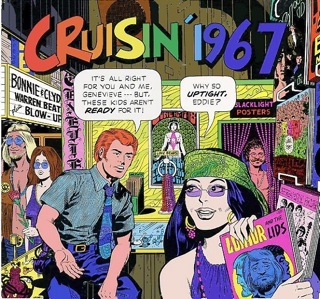 Some European radio people know him only from the “Cruisin’ 1967” album.
Some European radio people know him only from the “Cruisin’ 1967” album.
(Two little-known facts about that album: Like the others in the series, it wasn’t a real aircheck; it was done in-studio for the LP. And Dr. Don never saw a dime from it. Not that he intended to do it for free….)
Dr. Don Rose delivered tons of wonderfully corny jokes on a daily basis. And he did it with such conviction and enthusiasm and outright joy that you had no choice but to laugh along with him.
A long time ago, I published two radio comedy services. My first seven subscribers joined on the same day. And I was very proud that Dr. Don was one of the original seven.
True, Don subscribed to all the comedy services, so he wasn’t necessarily paying tribute to my comic genius. But I remain proud nonetheless.
I’m even more proud to have become friends with Dr. Don.
Of course, anyone who ever met Dr. Don instantly became his friend.
As I write these words, I become aware of something that surprises me. More than the fact that he was one of my first subscribers, more even than that we were friends:
I’m proud to have worked in the same business.
I’m proud to have been part of the radio world that Dr. Don inhabited and, for three decades, helped to shape.
At PD Grad School 2000, Dr. Don was a special guest, along with the legendary Gary Owens. Incredibly, the two had worked together at the very beginnings of their careers, at KOIL/Omaha in 1956.
I introduced Dr. Don to the attendees as “one of the best people and best disc jockeys ever made.”
I’ve dipped into the recording of that session to pull out a few nuggets to share with you.
Dr. Don’s 10-Year Secret Regarding His First Three Radio Jobs
“It took me 10 years to be able to admit to anyone, including my wife, that I’d been fired from three jobs in a row. It was a traumatic experience.”
A Small Business
“It is such a small business, because you always run into the same people. So treat them well.”
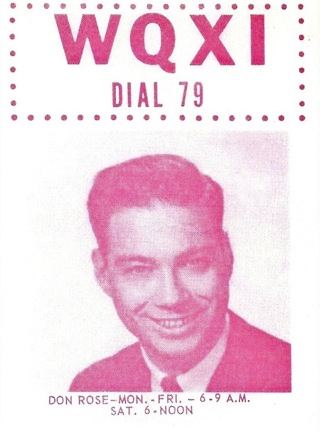 Radio and Stress
Radio and Stress
“I never thought radio was stressful. I would go into the studio, close the door, do my show, and then walk out. And when I walked out, I left it all in there. I didn’t take it home with me. I didn’t worry about the hierarchy of the disc jockeys or if one guy was better than another.”
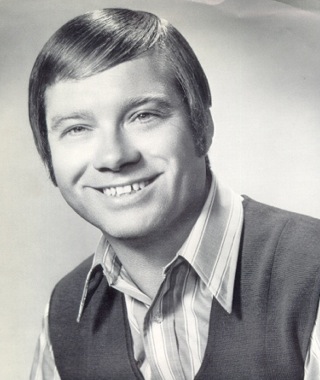
Dr. Don’s Mysterious Procrastination
To help me prepare for the PD Grad School session, I had asked Dr. Don to send me as much audio as possible. Ultimately he did — including from when he was a high school reporter on his local radio station.
But I kept having to ask him to send me the stuff.
Finally, it all arrived in a big package, along with a cover note from Dr. Don:
“I’m sorry it took so long. I didn’t understand why I kept putting it off until I got to the part where I was dubbing the WFIL tapes and I noticed that tears were streaming down my face.”
At the PD Grad School session, I asked Dr. Don what he meant by that.
“The memories were great, but they also were painful. To think that such a big part of my life was gone, never to return, and that the only place Dr. Don Rose existed was somewhere in outer space where the radio signals are still traveling….”
From Dr. Don’s Show On KFRC’s 50th Anniversary
“The purists would probably say that radio is kilocycles, transmitters, tubes, things like that. But we like to consider it people, talking to people…like we do with you every morning. And we’re just very proud from our socks on up to be able to be here….”
Right about now, or sometime soon, some radio guy near Alpha Centauri should be hearing Dr. Don Rose for the very first time.
And laughing.
And feeling proud to be in the same business as Dr. Don Rose.
